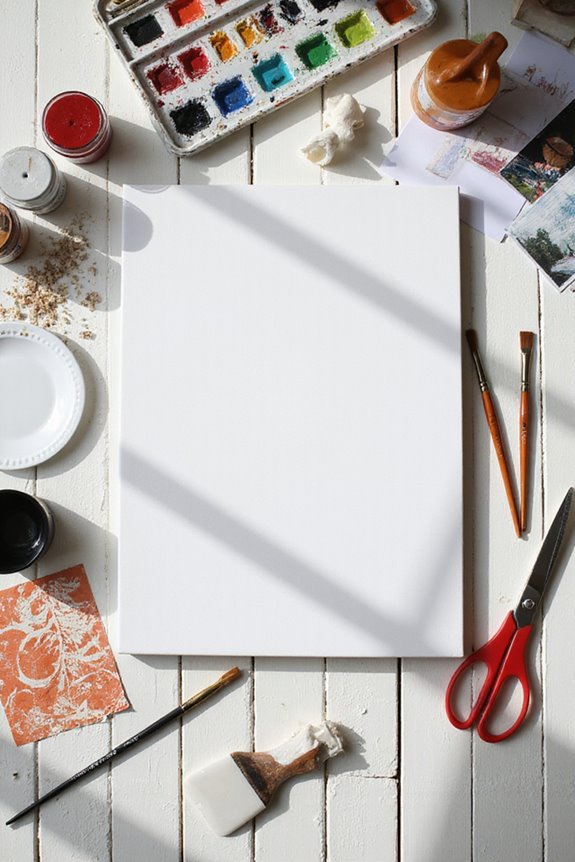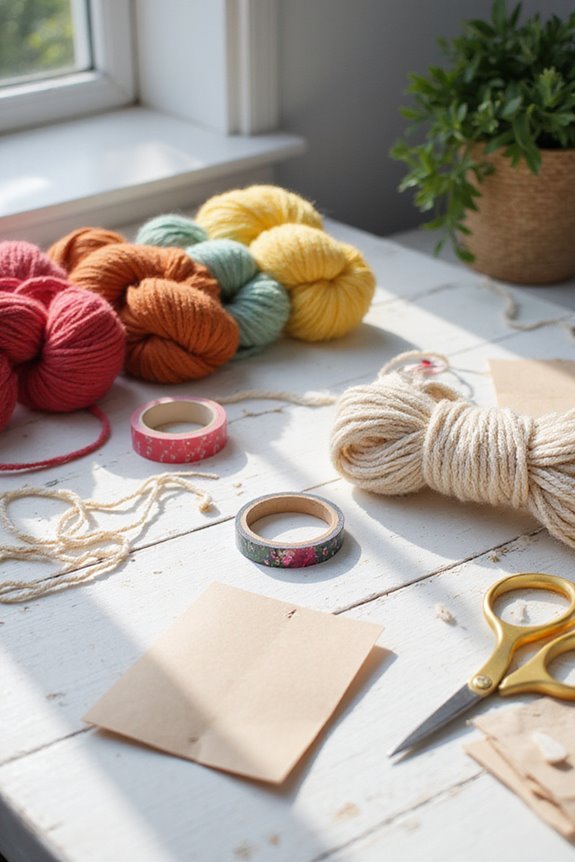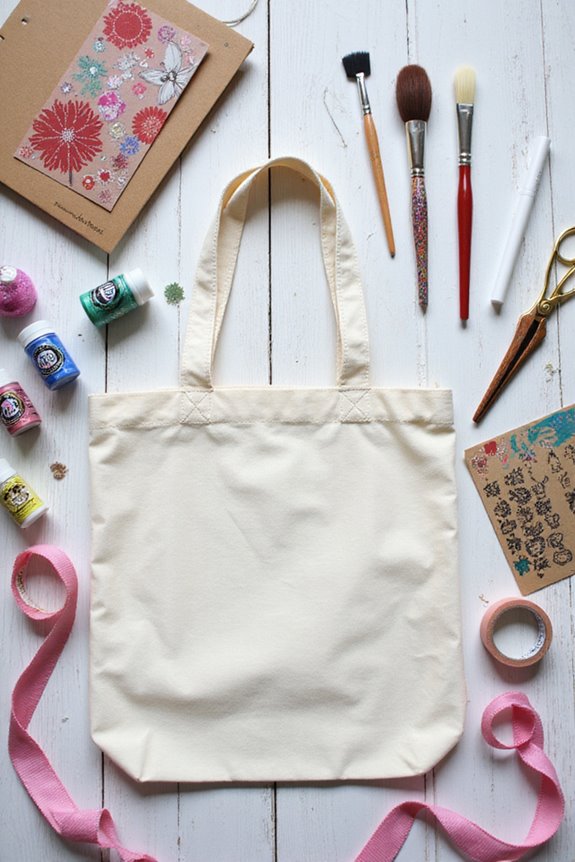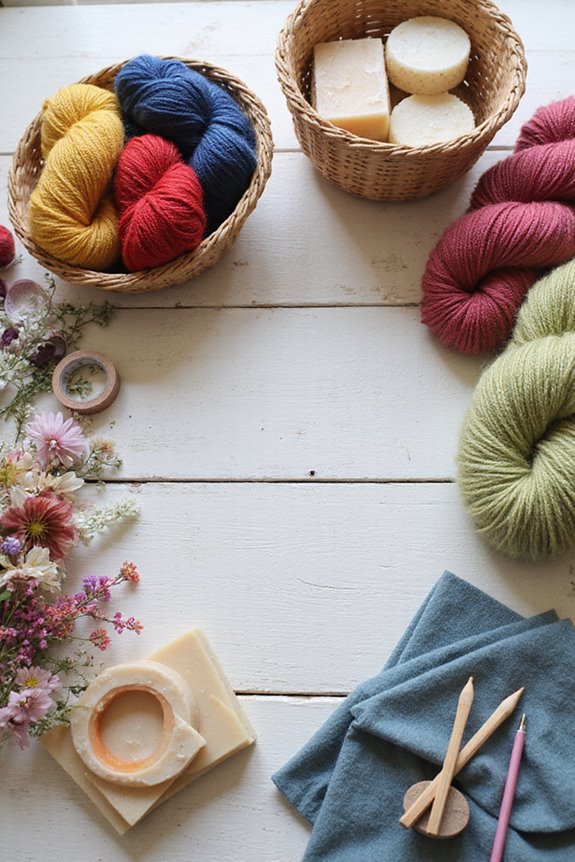To make personalized canvas prints, we start by selecting the right materials, like cotton for texture or poly-cotton for durability. Next, we make certain our images have a resolution of 300 DPI for sharpness. Then, we choose a printing method, like giclee or UV printing, for vibrant results. After printing, we can mount our canvas on a rigid backing and apply a clear varnish for protection. Want to know more about enhancing your artwork? Let’s keep going! 🎨✨
Key Takeaways
- Select the appropriate canvas material, considering cotton for texture or polyester for budget-friendliness and durability.
- Prepare your images by ensuring a resolution of at least 300 DPI and adjusting brightness and contrast for accurate colors.
- Use professional editing software to convert RGB colors to CMYK for better printing results and maintain a 3-5mm margin for cropping.
- Choose a suitable printing method, such as giclee or digital inkjet, based on your image quality and desired color vibrancy.
- Finish with the right mounting technique and apply a clear varnish for extra durability and UV protection before adding hanging hardware.
Selecting the Right Materials
When choosing materials for personalized canvas prints, how do we determine which is right for our needs? First, we should consider canvas types, like cotton, polyester, and poly-cotton blends. Each has unique material properties, affecting texture, durability, and color vibrancy.
- Cotton offers rich texture and excellent archival qualities, perfect for fine art.
- Polyester is budget-friendly with a smooth surface, ideal for vivid photos and high humidity resistance.
- Blended canvases balance costs and durability, combining the strengths of both materials.
When selecting, we’ll also want to think about surface finishes. Matte, satin, or gloss can alter the final appearance greatly. Additionally, consider using non-toxic, water-based formulas for safe applications when working with fabric paints. By knowing our options, we’ll make informed decisions for stunning prints!
Preparing Your Images
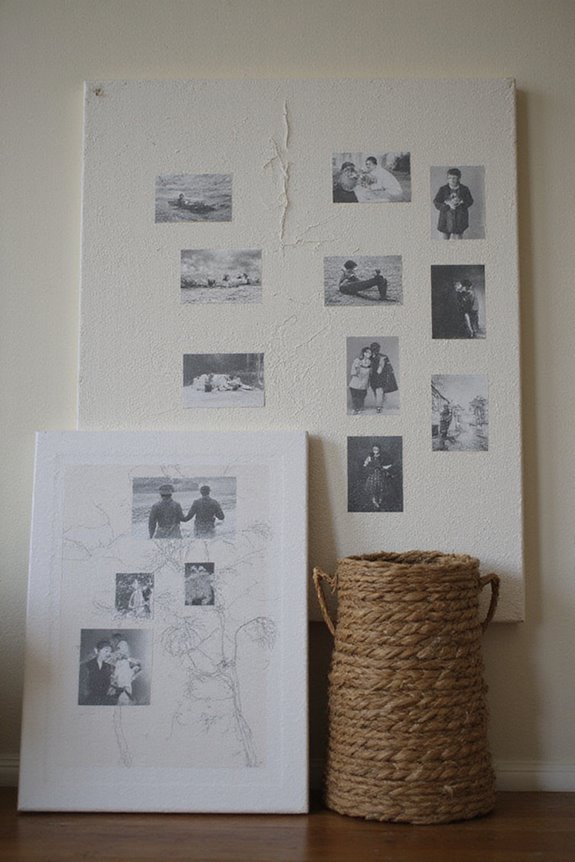
Preparing our images for personalized canvas prints is essential for achieving stunning results. First, we need to verify our image resolution is at least 300 DPI to maintain sharpness. Low-resolution files can lead to blurry prints, so let’s use professional editing software to check and upscale our images if necessary.
Next, color correction is key! We should adjust brightness and contrast to bring out true-to-life colors, especially important for skin tones. Remember to convert RGB colors to CMYK for printing accuracy.
Finally, when cropping, we should keep a 3-5mm margin around the edges to avoid cutting off important details. Previewing the final layout helps us verify the subject is perfectly positioned. Additionally, using high-quality materials, like 600D Oxford cloth, can enhance the durability of your printed canvas. Happy editing!
Printing on Canvas
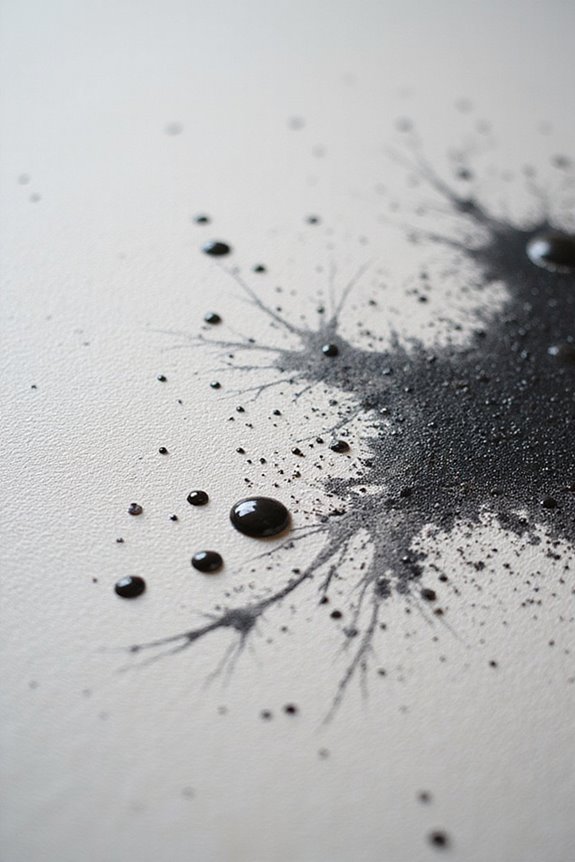
Printing on canvas is an exciting step in transforming our digital images into stunning, tangible art. There are several key printing techniques to choose from:
- Giclee Printing: Uses pigment-based inks, guaranteeing vibrant colors and longevity.
- Dye Sublimation: Transfers dye with heat, giving rich colors and smooth gradients.
- UV Printing: Cures inks with UV light for highly detailed prints.
- Digital Inkjet Printing: Creates directly on canvas, ideal for photos.
When selecting canvas textures, we can choose between cotton or polyester, which influence the print’s look and durability. Always verify proper image resolution of at least 300 DPI for clear results. Additionally, using acid-free adhesives ensures that your canvas prints maintain their quality over time! Let’s focus on these techniques, so our designs really shine!
Mounting and Finishing Touches
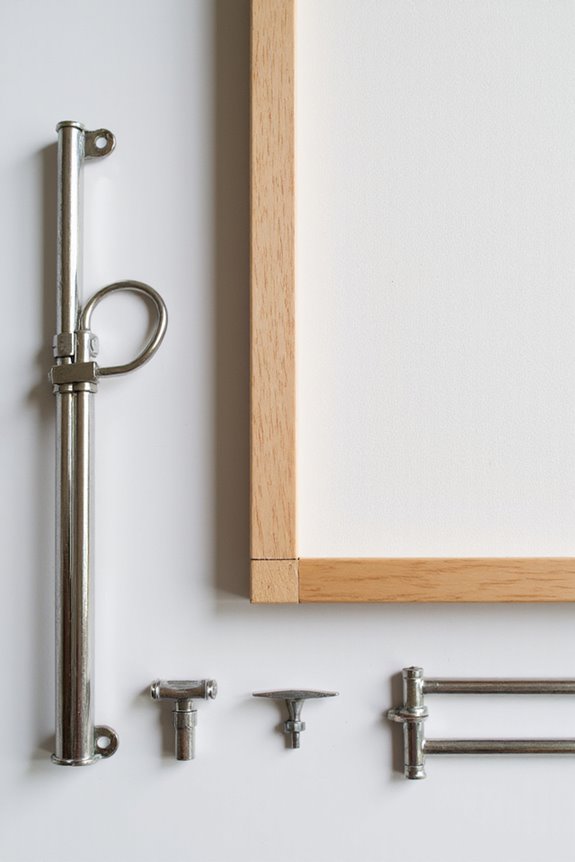
After we’ve brought our digital images to life with vibrant canvas printing, the next step is mounting and adding those final touches. We can choose between several mounting techniques, like wet or dry mounting. Wet mounting lets us reposition the canvas during application, while dry mounting offers a more permanent bond.
To keep our canvas secure, let’s use a rigid backing like gator board. Apply glue evenly and roll the canvas onto the adhesive surface. 🤲
After mounting, we shouldn’t forget protective finishes! A clear varnish enhances durability and UV resistance. Consider dust covers for frames, keeping our artwork safe from dirt and damage. Finally, let’s attach hanging hardware to guarantee our masterpiece is displayed securely. 🎨 Additionally, selecting the right materials for wood burning can significantly impact the final design quality of your project.
Choosing Professional Printing Options

When we’re ready to choose professional printing options, it’s essential to understand how these decisions affect our final canvas prints. 🖼 High-quality prints require a resolution of at least 200-300 DPI, ensuring that our images remain sharp and vibrant. For example, an 8×10 inch canvas needs 2400 x 3000 pixels to achieve that crisp detail.
We should also consider ink quality. Professional printers utilize archival-grade, fade-resistant inks. This choice enhances color vibrancy and longevity. Don’t forget to ask about the printing process and materials used; UV coatings can protect our prints from sun damage. Additionally, selecting paints with non-toxic formulations can ensure safety while achieving beautiful results.
Lastly, using reliable image editing software helps us verify the image resolution before ordering, ensuring we get the quality we’re aiming for!
Frequently Asked Questions
Can I Use Any Type of Image for Canvas Prints?
We can use various images for canvas prints, but we must guarantee good image quality and choose the right file format. High-resolution photos or crisp graphics will always yield better results for our prints.
How Long Do Canvas Prints Generally Last?
When it comes to canvas longevity, we find that high-quality print materials can last over 50 years, while premium options might endure more than 100 years with proper care. Cherishing these prints keeps their beauty alive!
What Should I Avoid When Cleaning My Canvas Print?
When cleaning our canvas prints, let’s remember canvas preservation tips: avoid harsh cleaning materials that could harm the image or fabric. We should steer clear of excessive moisture and aggressive scrubbing for best care.
Can I Create Canvas Prints From Digital Artwork?
Did you know that 70% of digital artwork can lose detail in poor quality prints? We can certainly create canvas prints from digital artwork, ensuring we maintain the canvas quality with high-resolution files and proper adjustments.
Where Can I Display My Canvas Prints Effectively?
When we think about displaying our canvas prints effectively, the living room’s ideal. A gallery wall can showcase multiple pieces, creating a focal point that invites conversation and enhances the overall atmosphere of our shared space.

